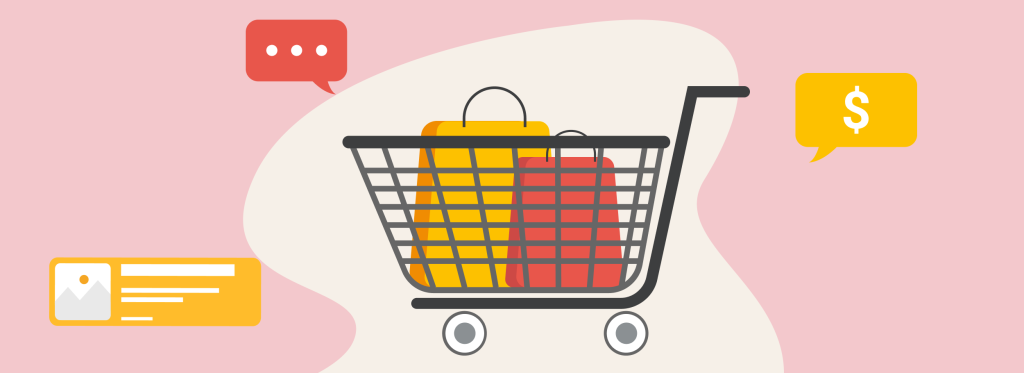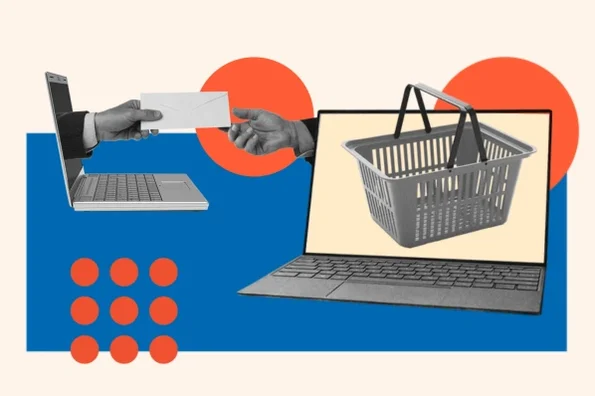In the dynamic landscape of e – commerce, abandoned carts are a common yet solvable challenge. By implementing effective abandoned cart recovery strategies, you can significantly boost your conversion rates. Here’s a comprehensive guide on how to do just that.

I. Understanding Abandoned Carts
A. Why Carts Get Abandoned
- Checkout Complexity
- Many customers abandon their carts due to a convoluted checkout process. If there are too many steps, excessive form – filling requirements, or unclear navigation, it can be a major turn – off. For example, asking for unnecessary personal information like a customer’s middle name or a detailed employment history can make the process seem invasive and cause them to leave.
- Unexpected Costs
- Hidden or high shipping fees and taxes are frequent culprits. When customers add items to their cart expecting a certain price, only to be hit with a large shipping cost at checkout, they’re likely to abandon the purchase. Similarly, if taxes are not clearly stated upfront, it can lead to an unpleasant surprise and cart abandonment.
II. Strategies for Abandoned Cart Recovery
A. Email Reminders
- Personalized Content
- Start by addressing the customer by name. A simple “Dear [Customer’s Name]” can make the email feel more personal and engaging. Mention the specific products they left in the cart, such as “We noticed you left the [Product Name] and [Another Product Name] in your cart. They’re still waiting for you!”.
- Incentives
- Offer incentives to encourage customers to complete their purchase. This could be a discount code, like “Use code SAVE15 for 15% off your order”. You can also offer free shipping, which is a highly appealing incentive for many customers. Creating a sense of urgency, like “This offer expires in 24 hours”, can further motivate them to take action.
- Multiple Emails in a Sequence
- Don’t rely on just one email. Send a series of emails at different intervals. The first email can be a gentle reminder within a few hours of cart abandonment. The second, perhaps after 24 hours, can include a more enticing offer. And a third email, after 48 hours, can emphasize the finality of the offer, like “This is your last chance to claim your discount”.

B. Retargeting Ads
- Social Media Retargeting
- Use platforms like Facebook and Instagram to show retargeting ads to customers who abandoned their carts. These ads can feature the products they left behind, along with a clear call – to – action like “Complete Your Purchase”. You can target specific demographics or interests to make the ads more relevant.
- Search Engine Retargeting
- Implement search engine retargeting through Google Ads. When a customer who abandoned their cart searches for related products or keywords, your ad can appear, reminding them of their unfinished purchase. This keeps your brand and the products at the forefront of their mind.
C. Live Chat and Customer Support
- Proactive Engagement
- If your website has a live – chat feature, use it to reach out to customers who are about to abandon their carts. A friendly message like “Hi, we noticed you’re about to leave. Is there anything we can help with?” can prompt them to stay and resolve any issues they might have.
- Knowledgeable Support
- Ensure that your customer support team is well – trained to handle questions related to abandoned carts. They should be able to address concerns about shipping, payment options, or product details promptly and effectively.
III. Analyzing and Optimizing Your Efforts
A. Tracking Key Metrics
- Open and Click – Through Rates
- For your email reminders, track the open rate (the percentage of customers who open the email) and the click – through rate (the percentage of those who click on a link in the email). A low open rate might mean your subject lines need improvement, while a low click – through rate could indicate that your offers or content are not compelling enough.
- Conversion Rates
- Measure the conversion rate of your abandoned cart recovery efforts. This is the percentage of customers who, after receiving an abandoned cart recovery message, actually complete their purchase. A high conversion rate means your strategies are working, while a low one signals that adjustments are needed.
B. Making Data – Driven Improvements
- Iterative Testing
- Continuously test different elements of your abandoned cart recovery strategies. Try different subject lines for your emails, various incentives in your retargeting ads, or alternative approaches in your live – chat interactions. Based on the data from these tests, make informed decisions to optimize your efforts.
- Customer Feedback
- Solicit feedback from customers who abandoned their carts. You can send a short survey asking for their reasons for leaving and suggestions for improvement. Their insights can be invaluable in refining your strategies and elevating conversions.

By understanding why carts are abandoned, implementing effective recovery strategies, and constantly analyzing and optimizing your efforts, you can use abandoned cart recovery as a powerful tool to boost conversions and grow your e – commerce business.




